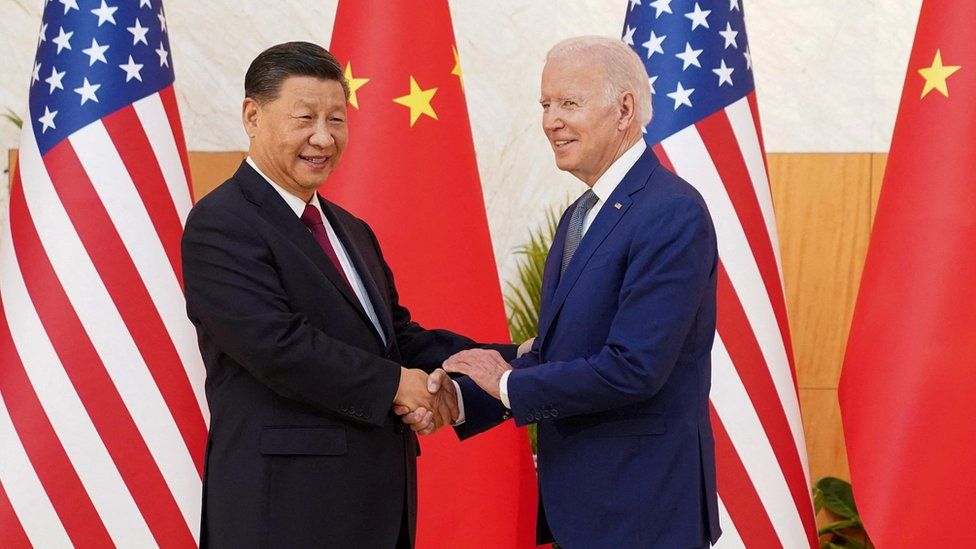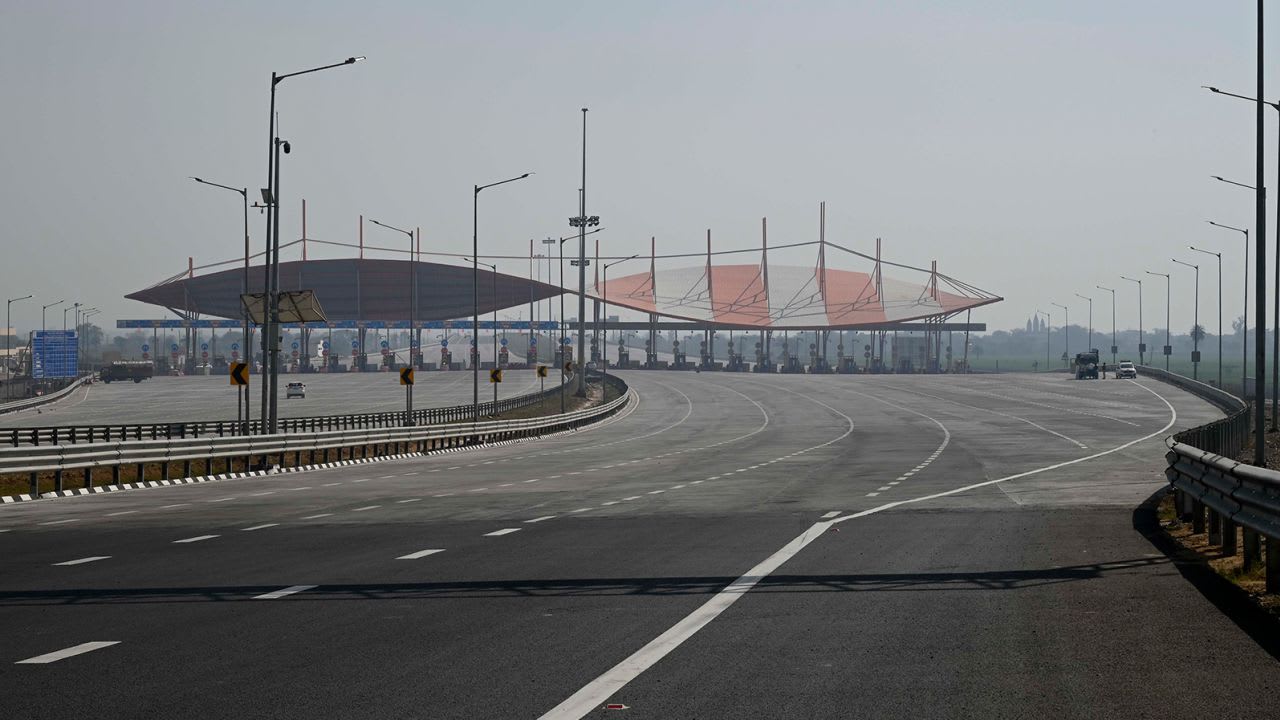
11 days after the quake, a few more survivors are pulled from the rubble in Turkey
Rescuers have pulled more survivors from the debris of the Feb. 6 earthquake that devastated parts of Turkey and Syria even as the window for finding people alive shrank.
Here’s a look at the key developments Friday from the aftermath of the earthquake.
The death toll has topped 43,000
Turkish Interior Minister Suleyman Soylu updated the death toll in Turkey to 39,672, bringing the overall number of earthquake fatalities in both Turkey and Syria to 43,360.
The figure is certain to increase further as search teams retrieve more bodies amid the devastation.
The powerful magnitude 7.8 earthquake was the deadliest disaster in Turkey’s modern history.
More survivors have been rescued
Rescuers on Friday removed a survivor from the rubble of a collapsed building in the district of Defne, in hard-hit Hatay province, more than 11 days after the powerful earthquake struck.
Hakan Yasinoğlu, 45, spent 278 hours beneath the rubble, according to Turkey’s state-run Anadolu news agency. TV footage showed him being carried on a stretcher to an ambulance.
Search teams working overnight also found a woman and two men alive in earthquake wreckage.
The latest rescues came as crews began clearing debris in cities devastated by the earthquake.
Neslihan Kilic, a 29-year-old mother of two, was removed from the rubble of a building in Kahramanmaras, after being trapped for 258 hours, private DHA news agency reported late Thursday.
In the city of Antakya, police rescue crews found a 12-year-old boy named Osman alive after retrieving 17 bodies from a collapsed building.
“Just when our hopes were over, we reached our brother Osman at the 260th hour,” police rescue team leader Okan Tosun told DHA.
An hour later, crews reached two men inside the debris of a collapsed hospital in Antakya.
One of them, Mustafa Avci, used the mobile phone of a rescuer to call his brother and ask about family members.
“Have they all survived? he asked. “Let me hear their voices.”
U.N. aid crosses into Syria
A total of 143 trucks carrying aid from Turkey into northwest Syria have crossed the border since Feb. 9, a United Nations official said.
Jens Laerke, spokesman for the U.N. Office for the Coordination of Humanitarian Affairs, said the trucks are carrying a “multitude” of items from six U.N. agencies — including tents, mattresses, blankets, winter clothes, cholera testing kits, essential medicines, and food from the World Food Program. They crossed through the border gates of Bab al-Hawa and Bab al-Salam, he said.
Meanwhile, The U.N. Food and Agriculture Organization, FAO, said it was working closely with Turkey to determine the steps needed to rehabilitate infrastructure in the agricultural sector damaged by the quake, including irrigation systems, roads, markets and storage capacity.
“In Syria, rapid assessments by FAO of areas affected by the earthquakes suggest major disruption to crop and livestock production capacity, threatening immediate and longer-term food security,” the Rome-based agency said in a statement.
Bodies are brought back to Syria from Turkey for burial
The bodies of at least 1,522 Syrians have been brought back to Syria from Turkey for burial, an official at the Bab al-Hawa border crossing said.
The Syrian Observatory for Human Rights, a U.K.-based war monitor, reported that when the numbers from other, smaller crossings are tallied, the number of earthquake victims returned to Syria for burial is 1,745.
Syrian survivors have also begun crossing back from Turkey. Some 1,795 Syrians crossed from Turkey into Syria on Wednesday, the first day after Turkey agreed to allow Syrian refugees impacted by the earthquake to return to their country temporarily without losing their protected status in Turkey, an official at the Bab al-Hawa border crossing said.
The decision allows holders of Turkish temporary protection cards residing in earthquake-damaged areas to cross into Syria without having to obtain a travel permit from Turkish authorities. Normally, Turkey would consider Syrians holding protected status who crossed into Syria without a permit to have relinquished their status as asylum-seekers. They would be required to surrender their protection cards and banned from reentering Turkey for five years.
Spain will accept about 100 Syrian refugees
Spain says it will take in some 100 Syrian refugees in Turkey that have suffered in the earthquake. Migration Minister José Luis Escrivá said the refugees would be those considered most vulnerable and badly affected by the quake.
Making the announcement late Thursday, Escrivá said “the earthquake reminds us of Syria’s drama in a tremendous way and we are going to try to help within our possibilities.”
Over 1,500 children have been separated from their families
Turkish Vice President Fuat Oktay said the state was caring for 1,589 children who were separated from their families in the earthquake, including 247 who have not yet been identified.
He said 953 children had been reunited with their families.
Oktay also said search and rescue teams were working at fewer than 200 sites, with Hatay province accounting for the largest number.










